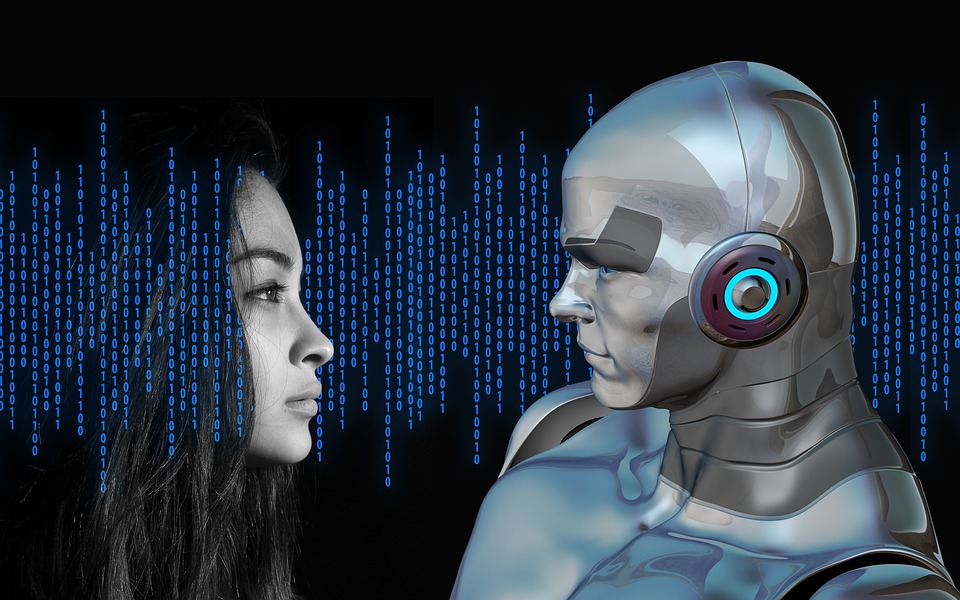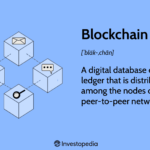
Image Source: Pixabay.
Industrial methods have been accelerated and widely adopted throughout the nineteenth century, which had an enormous effect on people’s lives. However, this trend was brought back in the 20th century but with a twist. Driven mostly by the Technology Revolution; electronics,telecommunications, and computing, rather than the mechanical devices of the previous century, that too with a much rapid pace. From the labs and research center to the house, technology has progressed.
With the gradual progress from the 19th century to the 21st century, technology has gone too far. We are currently on the verge of another major technological transition: the Robotics Revolution. The 21st century might be placed at a crucial juncture in history, as a result of this revolution.
More significantly, future technology would have an irreversible effect on both human lives as well as future generations.
What is Robotics?
Robotics is a discipline that incorporates science, software development, and engineering to build robots that replicate human nature.
Robots have long been a source of fascination in contemporary culture. Such as R2-D2 StarWars fictional character or the character created by Walt Disney, WALL-E. These unrealistic, humanoid robot concepts often seem to be caricatures of the real thing, and simply out of reach.
However, Robots are evolving cognitive and mechanical capacities that have increased the possibility to have access to such computerized machines in the future.The influence of the robotic transition is rising, and it can now be felt in a myriad of areas.
Today,Robotics has grown to include the production, design, and use of bots that explore Earth’s harshest environments, robots that aid law enforcement, and even robots that facilitate in almost all aspects of healthcare.
As with previous technological advancements, the next production of robots would drastically affect the workforce by using AI technology and mechanization to increase productivity currently performed by human employees.
The Future of Robotics:
Top tech firms are constantly competing to transform how robotics could be applied in people’s daily lives, paving the way for a truly exciting future. We now have the potential to deviate from these conventional standards. It is unnecessary for a robot to always be autonomous, have arms, walk, or communicate. Instead, we might take a much broader view of how much a robot is today.
Following are the predicted forms in which robots may manifest themselves in our lives in the future, or how we would interact and live along with the future technology.
1) Smart Skin:
Soft robotics enforcement makes it possible to directly contact biological tissue. A soft robot’s gentle interactions with humans are inherently much better than a tough interface enforced by static robots. Smart materials for intimate touch and incorporation on the human skin, which include electrical contacts and integration, have been the subject of much research recently.
On one hand, we have smart bandages that serve to be a natural extension of such smart skins. This smart skin facilitates recovery and helps in reducing the spread of microbial bacterial infections by lowering the necessity of antibiotics.
On the other hand, we can weave artificial muscles into cloth using fibrous soft actuation technologies like the nylon coil actuator and form memory alloy-polymer composites. By doing so we can create natural “affective” senses of touch with touch-enabled clothing, opening up a potentially groundbreaking new communication path. We might be able to pinch, tickle, or otherwise might convey good tactile sensations instead of a coarse vibrating motor as what is used in mobiles.
2) Rehabilitative Technology:
Assist devices has to be a potential option for people who are frail, disabled, or elderly. Power-assist clothing which will help them restore their mobility.
Rebuilding mobility will improve the wearer’s standard of living and even encourage them to return to work. The drawback with such a premise is the power density of the assist device’s sensor technologies. If the user is frail, such as as a result of muscle loss, they may need substantial additional power. But the intensity of this additional power can be economically unfeasible.
3) Medical Gadgets:
If soft robotics become well suited in interacting with biological tissue, it would be rational to envision a system that can be inserted into the body. And have the ability to communicate with the internal mechanisms directly.
If this happens successfully then we will be able to create injectable medical devices. Those devices would help to recover the functioning of damaged or diseased organs in the body. For example, after a laryngectomy, a person with laryngeal cancer would be unable to speak and will need a lifelong tracheostomy.
Through such devices, we may be able to recover functional abilities and help the patient to communicate, chew, cough, and live their lives by transplanting a soft robotic substitute organ. Soft robotics with bio-integration, however, has currently been developed and has been anticipated to reach out to the clinic over the next decade.
4) Intellectual Soft Robotics:
For all of the soft actuators listed above, transducers That is, they change one source of energy into another.
A wearable actuator generator system may, for example, provide additional power while climbing up the hill. And when they reach up the hill they produce power from physical movement. As the user leisurely walks downhill, as per the requirements. Soft robotic “regenerative braking” is only one example of bidirectional energy conversion’s ability in soft robotics.
Conclusion:
Robotics may possibly get reshaped or performed as discussed above. It is just a prediction of future technology related to soft robotics organism that is under progress currently. However, with the invention of the soft robotic organism, the brain can be obsolete as with all successful computation being done by the body alone through it. This streamlines the soft robot even further and increases its ubiquity capacity.
Future technology might be a threat for humans as many jobs that require human effort may be replaced by robotics. But the fact is that these technologies are a sort of blessing in many fields. As it is making life more easy in living.






Comments 1